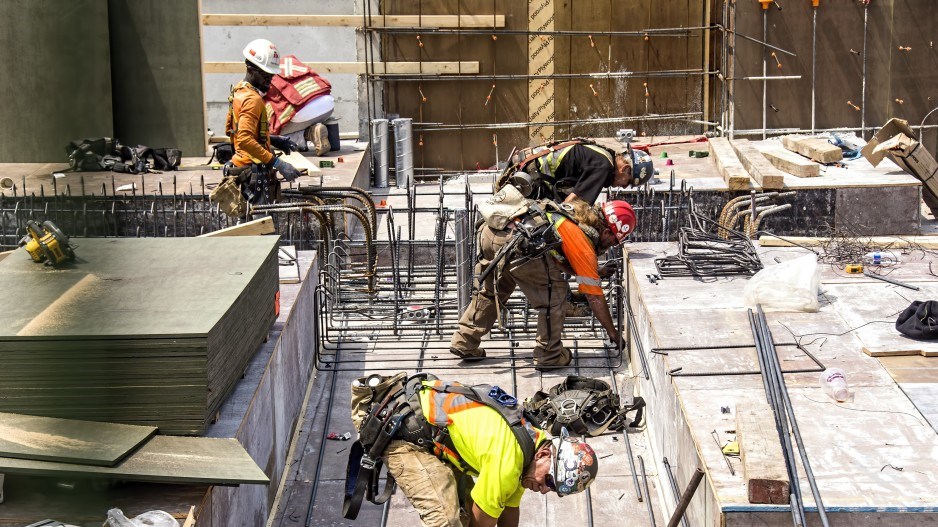British Columbia’s labour market continued its upward hiring trend in June, adding 5,000 people, a 0.2 per cent increase and its fourth consecutive gain. The province has largely navigated the tariff environment unscathed, with year-over-year employment growth at 1.6 per cent.
The unemployment rate surprisingly dropped to 5.6 per cent from 6.4 per cent, signalling tightening labour market conditions. While this is likely positive, it was driven by an unusual fluctuation in labour force participation rates, which retraced after a surge in May. Such sharp fluctuations often reverse, so June’s drop should be viewed with caution.
Despite overall positive growth, some weak areas were evident. Part-time employment led the gains, increasing 3.7 per cent (21,300 people), while full-time work contracted. Student employment remained strained, with high unemployment rates in that segment, suggesting businesses are cautious due to economic risks.
The Vancouver census metropolitan area saw the largest monthly gains, with a 1.1 per cent increase in employment and its unemployment rate dropping to 5.8 per cent from 6.6 per cent in May. Full-time employment fell 0.7 per cent (down 16,300 people), while part-time employment grew.
Increases were concentrated in the services-producing industries (0.6 per cent or 14,900 people). Goods-producing sectors reported widespread employment declines. Manufacturing saw the largest loss (down 2.6 per cent or 4,800 people) in goods sectors. Declines also occurred in utilities (down 10.4 per cent or 1,400 people) and construction (down 0.9 per cent or 2,500 people).
Tariffs on Canadian products may have contributed to losses in some export-oriented goods sectors. Within the services-producing sector, accommodation and food services employment grew 4.5 per cent (8,000 people), while the transportation and warehousing sector declined 2.9 per cent (4,800 people). Notable employment gains were also seen in private services (4.3 per cent or 4,600 people) and wholesale and retail trade (0.9 per cent or 4,000 people).
B.C. recorded a spike in permit issuance in May, driving national growth. Permits in B.C. rose 50.7 per cent in May, reversing April’s 44.4-per-cent decline. Total permit volume reached a seasonally adjusted $2.3 billion, 15.3 per cent above the average for the previous 12 months. Year-to-date permit volumes in B.C. were 12.8 per cent higher than in the same period last year. B.C.’s increase was driven by the residential sector, which saw 87.3 per cent growth in multiple dwelling building permits.
B.C.’s non-residential sector also saw an 11.8 per cent rise in building permits in May, with widespread growth. Institutional and governmental permits rose 4.1 per cent. Commercial building permits increased 11.9 per cent, and industrial building permits surged 60.0 per cent. Year-to-date permits in B.C.’s non-residential sector are up 2.2 per cent compared to the same period last year. In B.C.’s metro areas, three of seven saw higher permit volumes compared to March. Vancouver reported significant monthly growth at 137.6 per cent, offsetting declines in areas like Nanaimo, where building permits fell 57.7 per cent in May.
Bryan Yu is chief economist at Central 1.



